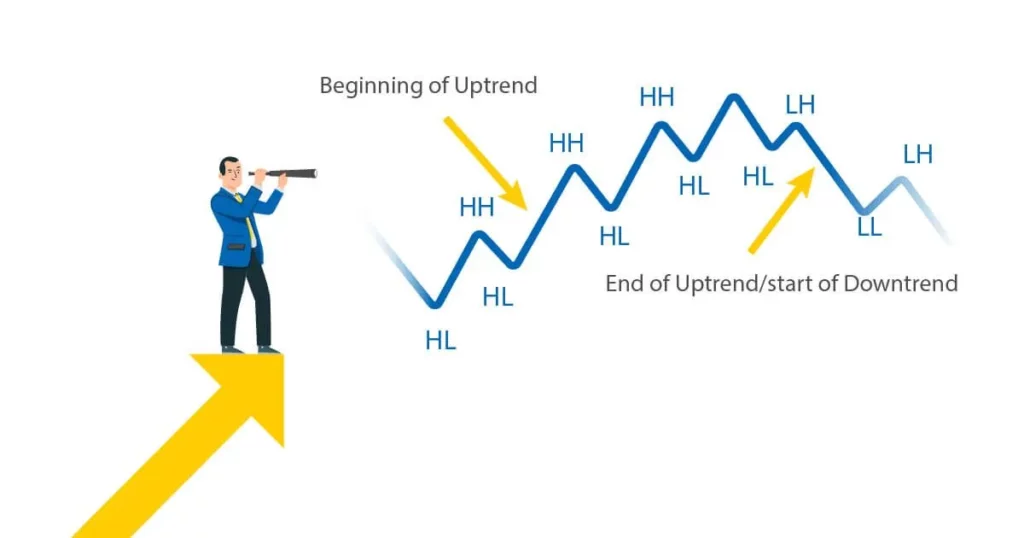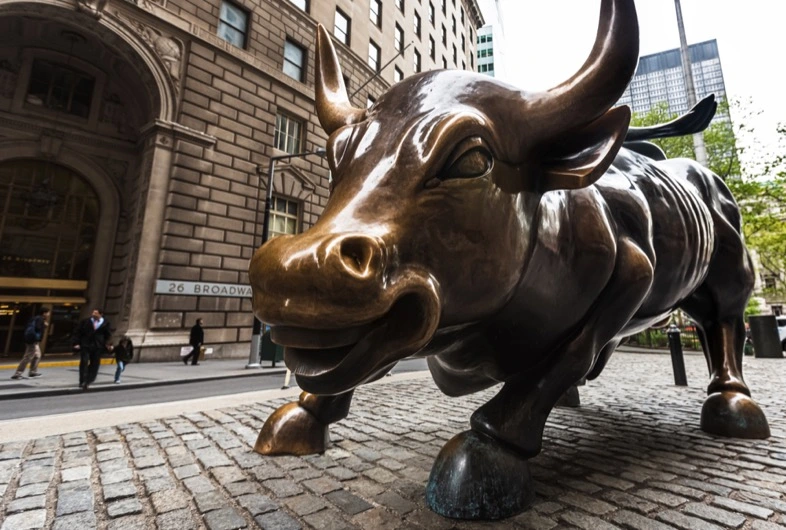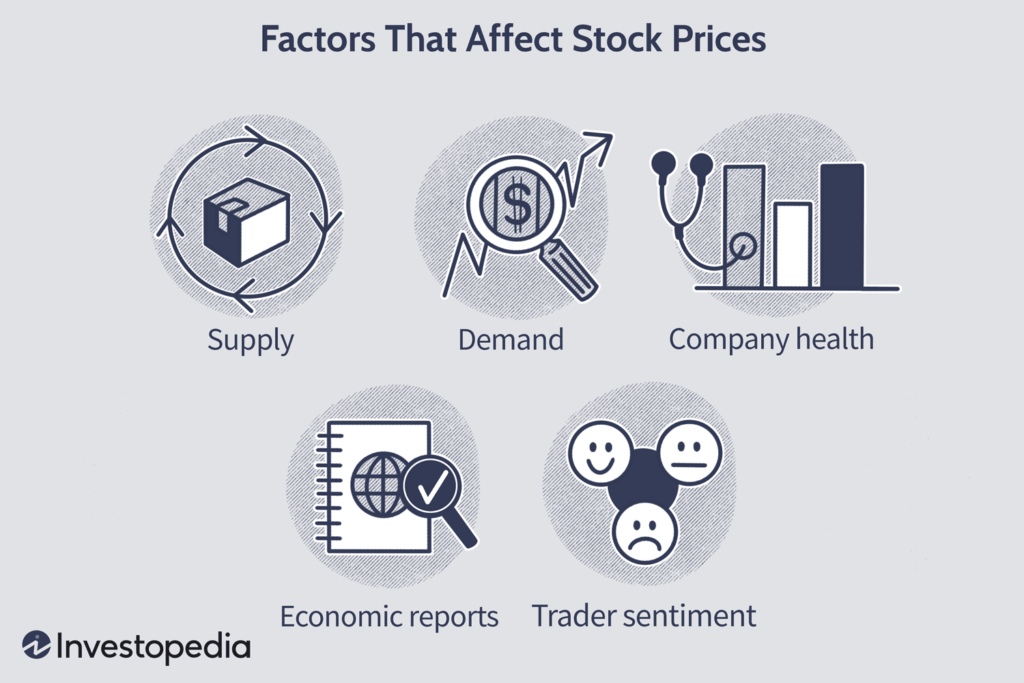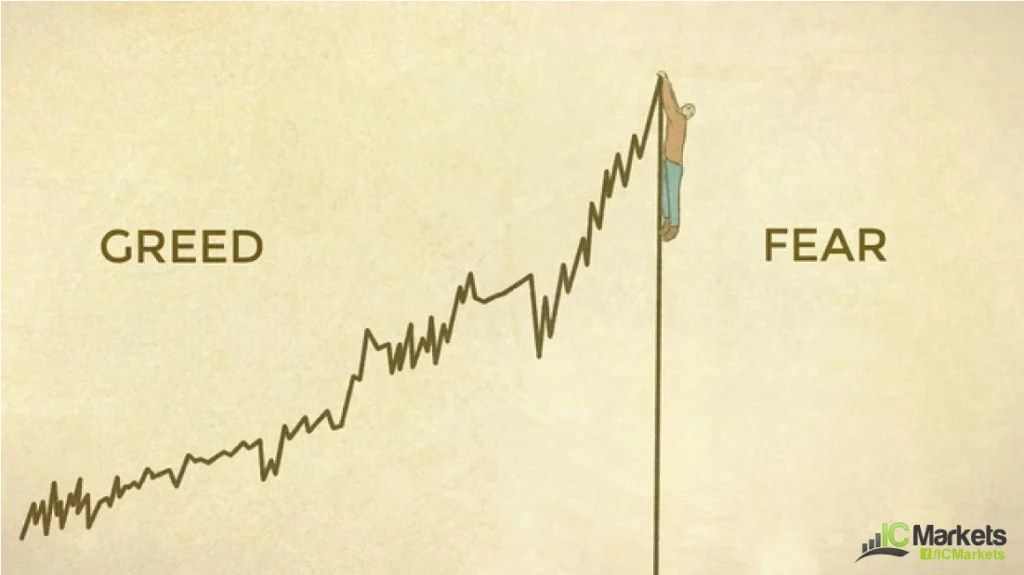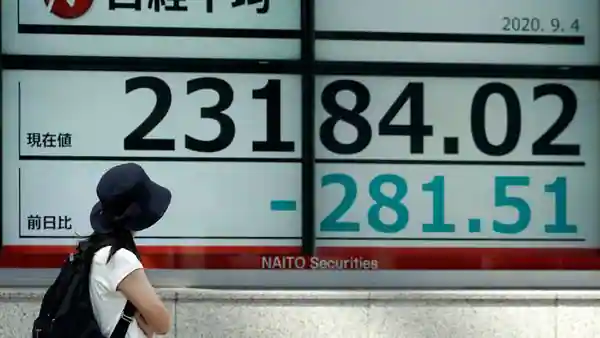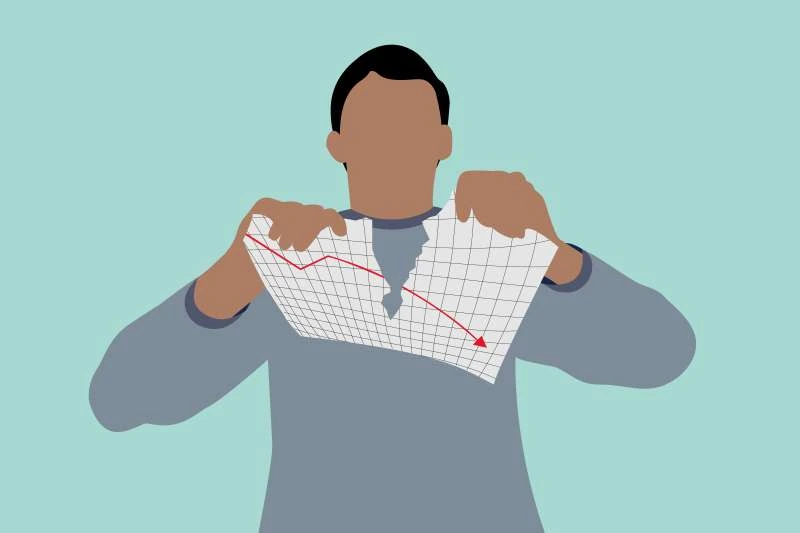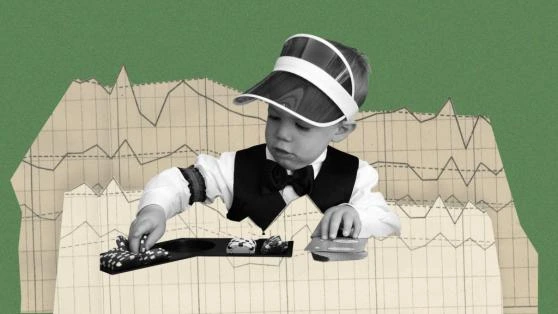Trading system
Basics of stock market
• Why invest?
• who regulates
• financial interdependence
• IPOs
• Stock Market returns
• Trading system
• Day end settlements
• Corporate actions
• News and Events
• Getting started
• Rights, ofs,fpo and more
• Notes
6.1-Overview of Trading system
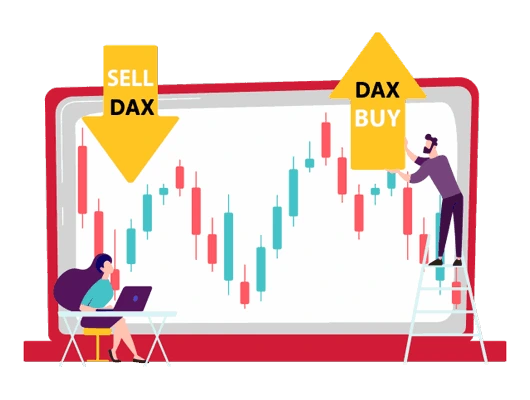
Firstly, How could you possibly do it if I asked you to give me a real-time summary of the traffic situation?
Importantly, It is unlikely that you would check every road in the city to find the answer, even though there may be thousands of roads and junctions there. The better course of action for you to take would be to quickly check a few key intersections and roads in the four directions of the city and watch how the traffic is moving. If the traffic is chaotic on these roads, you can simply call the situation chaotic; otherwise, it can be thought of as normal.
Undoubtedly, The few key intersections and roads that you monitored to gauge the city’s overall traffic situation served as a barometer!
Making an analogy, how would you respond if I asked you how the stock market is performing right now? The National Stock Exchange has about 2,000 listed companies, while the Bombay Stock Exchange has about 5,000 listed companies. To check every company, determine whether they are up or down for the day, and then respond in detail would be awkward.
Instead, you would just check a few important companies across key industrial sectors. If a majority of these companies are moving up, you would say markets are up, if the majority are down, you would say markets are down, and if there is a mixed trend, you would say markets are sideways!
So essentially identify a few companies to represent the broader markets. Every time someone asks you how the markets are doing, you would just check the general trend of these selected stocks and then answer. These companies that you have identified collectively make up the stock market index!
6.2-The Index
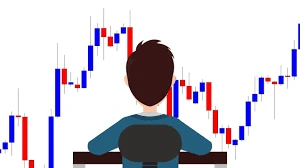
Fortunately, you don’t need to follow these particular companies closely to get a sense of how the markets are faring. To give you this information, the significant businesses have been pre-packaged and are under constant observation. The “Market Index” is the name of this pre-assembled market information tool.
In India, there are two primary market indices. The National Stock Exchange is represented by the CNX Nifty and the Bombay Stock Exchange by the S&P BSE Sensex.
Standard and Poor’s, a major credit rating agency, is known by the initials S&P. S&P has granted the BSE a licence to use their technical know-how in creating the index. As a result, the index also bears the S&P label.
The largest and most active stocks on the National Stock Exchange make up CNX Nifty. India Index Services & Products Limited (IISL), a partnership between the National Stock Exchange and CRISIL, is in charge of keeping it up to date. The letters “CNX” actually stand for CRISIL and NSE.
An ideal index gives us minute by minute reading about how the market participants perceive the future. The movements in the Index reflect the changing expectations of the market participants. When the index goes up, it is because the market participants think the future will be better. The index drops if the market participants perceive the future pessimistically.
6.3- Practical uses of the Index

Information – Over time, the index reflects the broad market trend. The index gives a comprehensive picture of how the economy is doing in the nation. A rising stock market index is a sign that investors are upbeat about the future. Similar to how people have pessimistic views of the future when the stock market index is down.
For instance, the Nifty value on January 1st, 2014 was 6301, and on June 24th, 2014, it was 7580. This corresponds to an increase of 20.3 percent and a change of 1279 points in the index. This simply means that the markets have increased significantly over the time period under consideration, signalling a robust and optimistic economic future.
Benchmarking – For all the trading or investing activity that one does, a yardstick to measure the performance is required. Assume over the last 1 year you invested Rs.100,000/- and generated Rs.20,000 return to make your total corpus Rs.120,000/-. How do you think you performed? Well on the face of it, a 20% return looks great. However, what if Nifty moved to 7,800 points from 6,000 points generating a return on 30% during the same year?
Well, suddenly it may seem to you that you have underperformed the market! If not for the Index, you can’t really figure out how you performed in the stock market. You need the index to benchmark the performance of a trader or investor. Usually, the objective of market participants is to outperform the Index.
Trading – Trading on the index is probably one of the most popular uses of the index. Majority of the traders in the market trade the index. They take a broader call on the economy or general state of affairs and translate that into a trade.
For example, imagine this situation. At 10:30 AM, the Finance Minister is expected to deliver his budget speech. An hour before the announcement Nifty index is at 6,600 points. You expect the budget to be favourable to the nation’s economy. What do you think will happen to the index? Naturally, the index will move up. So to trade your point of view, you may want to buy the index at 6,600. After all, the index is the representation of the broader economy.
Portfolio Hedging –Typically, investors assemble a portfolio of securities. Ten to twelve stocks that they would have purchased with the long term in mind make up the average portfolio. Although the stocks are held for the long term, they may anticipate a sustained market downturn in 2008, which could deplete the portfolio’s capital. Investors can use the index to hedging the portfolio in such a case. This subject will be covered in the risk management module.
6.4 – Index construction methodology
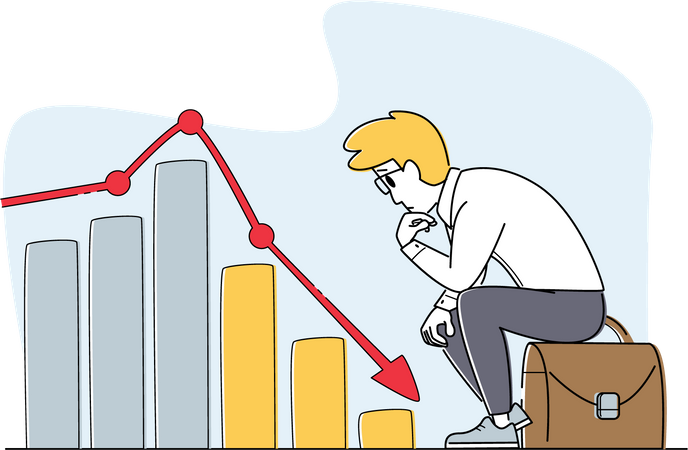
If one wants to advance as an index trader, it is crucial to understand how the index is built and calculated. As we previously covered, the Index is made up of numerous stocks from various industries that collectively reflect the state of the economy. An investment must meet certain requirements in order to be included in the index. As long as it meets the requirements, it should continue to be eligible as an index stock. The stock is replaced by another stock that meets the requirements if it fails to maintain the criteria.
The selection process is used to populate the list of stocks. A specific weighting should be given to each stock in the index. In plainer terms, weightage describes how much importance a particular stock in the index receives in comparison to the others. For instance, if ITC Limited has a 7.6% weight on the Nifty 50 index, then it is equivalent to saying that 7.6% of the movement of the Nifty can be attributed to ITC.
The logical question is: How do we give the stocks that make up the Index weights?
Weights can be assigned in a variety of ways, but the Indian stock exchange uses the free-float market capitalization method. The free-float market capitalization of the company determines the weights; the higher the market capitalization, the higher the weight.
The total number of outstanding shares on the market multiplied by the stock price results in the free float market capitalization.
If, for instance, company ABC has 100 outstanding shares and a share price of 50, its free-float market capitalization is 100*50, or Rs. 5,000.
The 50 stocks that make up the Nifty at the time this chapter was written are listed below in order of their weight:
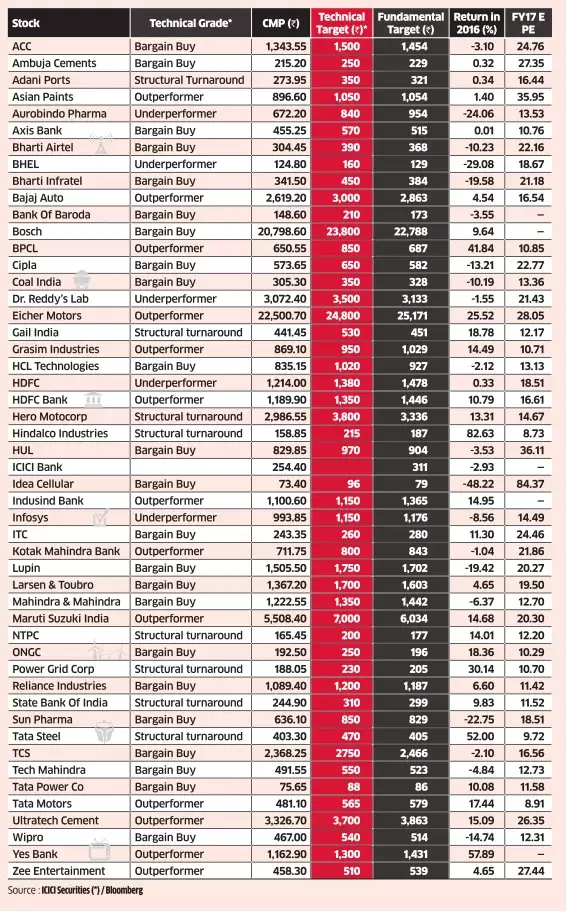
6.5 – Sector-specific indices
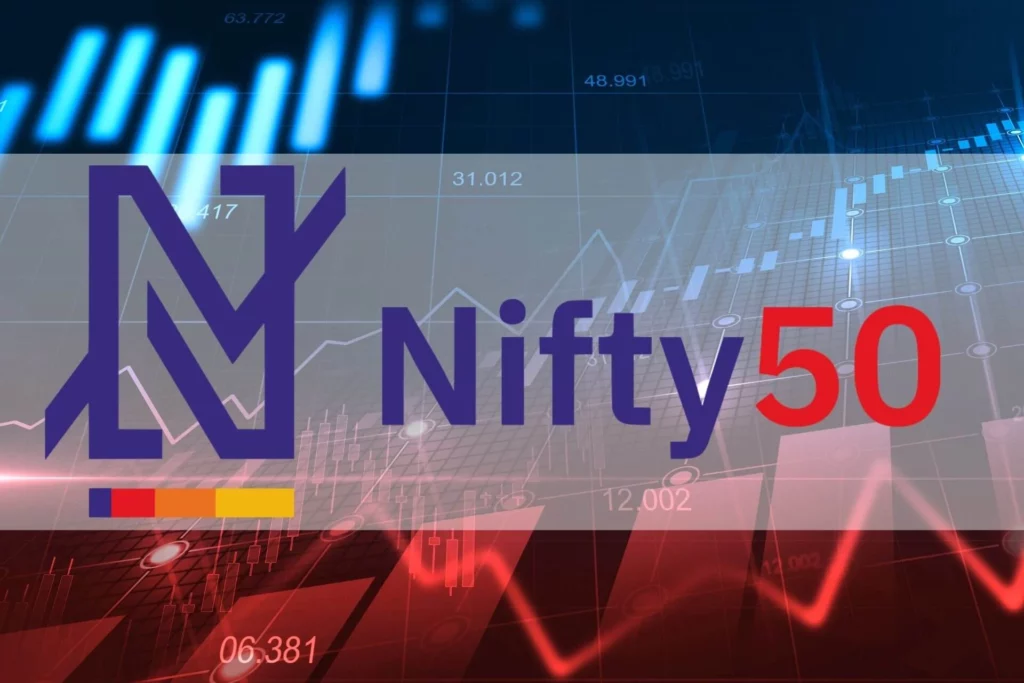
While the Sensex and Nifty represent the larger markets, other indices stand in for particular industries. We refer to these as sectoral indices. For instance, the Bank Nifty on the NSE symbolises the mood unique to the banking sector. The behaviour of all IT stocks on the stock markets is represented by the CNX IT on the NSE. Sector-specific indexes are available on the BSE and NSE. These indices are created and maintained similarly to other significant indices.

